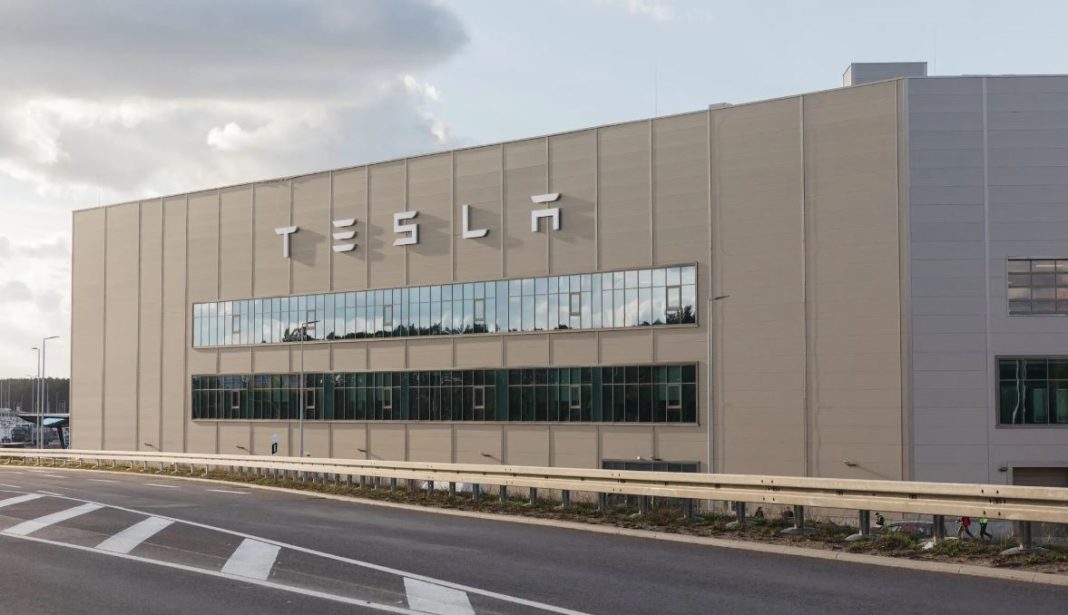Tesla reported a 45 percent drop in profit for the second quarter, reflecting challenges in sales and a competitive electric vehicle (EV) market. The electric car manufacturer earned $1.5 billion on $25.5 billion in revenue, down from $2.7 billion in profit on $24.9 billion revenue in the same period last year. The operating profit margin also fell to 6.3 percent from 9.6 percent a year earlier, signaling financial pressures on the company.
The earnings report intensified scrutiny on Tesla and its CEO, Elon Musk, to explore new avenues for growth and profitability. Despite a 40 percent surge in Tesla’s stock since the end of May, driven by investor confidence in Musk’s vision of transforming Tesla into an AI-centric company, the company’s core automotive business faces significant challenges. Tesla’s recent forays into driverless taxi services and robotics, while promising, have yet to offset declining car sales.
A notable contributor to Tesla’s revenue was the sale of regulatory credits, which amounted to $890 million in the second quarter, up from $282 million the previous year. Additionally, the company saw growth in its energy storage business, with sales of battery systems doubling to $3 billion. However, these gains were not enough to meet Wall Street’s profit expectations, causing Tesla’s stock to drop approximately 6 percent in after-hours trading.
The company’s EV sales dropped 4.8 percent, with 444,000 vehicles sold, while production decreased by 14 percent to around 411,000 cars. This decline followed a similarly challenging first quarter, where Tesla’s profit fell by 55 percent, and revenue decreased by 9 percent. The company’s market share in the U.S. EV sector fell below 50 percent for the first time, pressured by increasing competition from established automakers.
Musk acknowledged that newer, more affordable electric models from other manufacturers have made it more challenging for Tesla to sell cars. Data from Cox Automotive indicated that Tesla’s share of the U.S. EV market dropped to 49.7 percent in the second quarter, down from 59.3 percent a year earlier. Competitors like Ford and General Motors are gaining ground, with Ford reporting a 61 percent increase in EV sales to nearly 24,000 units and GM seeing a 40 percent rise to almost 22,000 vehicles.
Interestingly, GM reported a $2.9 billion profit for the second quarter, a 14 percent increase, with an operating profit margin of 9.3 percent, surpassing Tesla’s margin. This highlights the growing competition Tesla faces in maintaining its leadership position in the EV market.
To address declining sales, Tesla has undertaken several measures, including advertising its driver-assistance system known as Full Self-Driving more aggressively. The system offers features like automatic lane changes and acceleration but still requires driver intervention. Despite a base subscription price of $99 per month, the system has not yet achieved widespread adoption.
Tesla’s struggles are compounded by potential political implications tied to Musk’s public support for former President Donald Trump. The company’s previous customer base, which included many environmentally conscious, left-leaning individuals, appears to be shifting. In California, a key market for Tesla, registrations of new Teslas fell 24 percent in the second quarter, according to the California New Car Dealers Association.
Additionally, Tesla’s expansion plans, including a new factory in Mexico, are on hold pending clarity on potential trade policies under a future administration. Musk expressed concerns that a Trump administration might impose tariffs on cars imported from Mexico, affecting the company’s investment decisions.
In response to these challenges, Tesla has initiated significant cost-cutting measures, including a 10 percent reduction in its workforce, impacting about 14,000 employees globally. This includes significant layoffs at its Fremont, California, and Austin, Texas, facilities. Tesla has also reduced car prices to boost sales, but this strategy has squeezed profit margins, raising questions about its long-term sustainability.
As Tesla navigates a more competitive and complex market landscape, the company’s ability to innovate and adapt will be critical in maintaining its position in the rapidly evolving EV industry.

